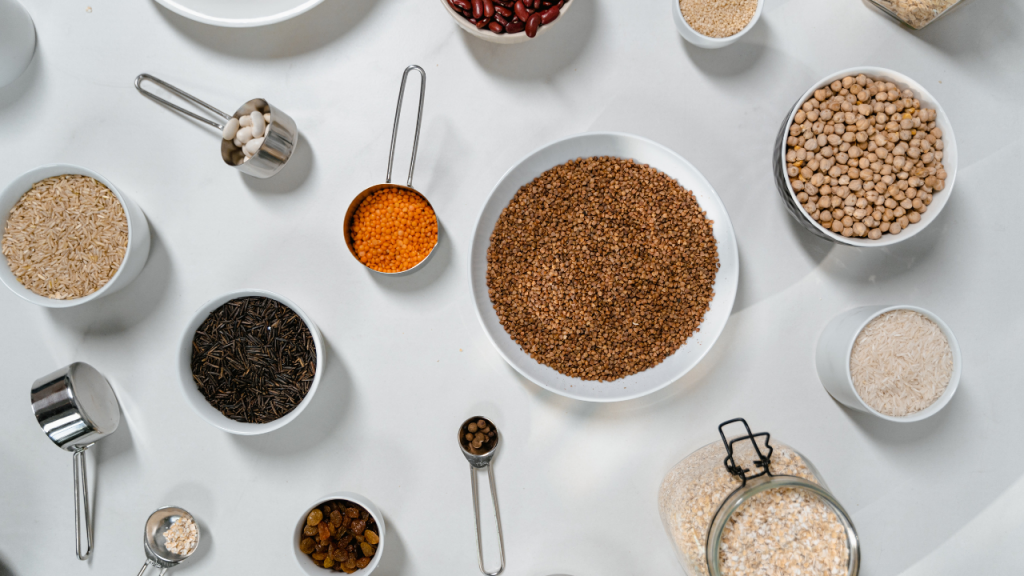As South Africans, if there is one thing we might not know that we all have in common, it is that we love tradition. Whether it is in our cultural practices, cooking techniques or the recipes we use – we love something that reminds us of home. The nation’s gastronomy is coming of age as chefs and home cooks alike begin to experiment with indigenous foods and plants to create dishes that are bursting with unusual flavours, and sharp contrasts, and is quintessentially South African.
There is a variety of indigenous South African ingredients ranging from indigenous grain crops, vegetable crops and fruit crops. Here are 5 indigenous ingredients to embrace in your kitchen to get that extra feeling of comfort and home in your next creation.
Sorghum
Sorghum is the fifth most important cereal crop in the world, largely because of its natural drought tolerance and versatility as food, feed and fuel. This indigenous, hearty grain crop is packed with fiber and protein. It’s perfect for anyone who wants to add a variety of plant-based foods to their diet.
There are many recipes and ways to include the use of Sorghum in your kitchen, such as opting to use the grain to make popcorn, adding it to your breakfast bowl with your favourite fruits and yoghurt or using Sorghum flour for all your gluten-free bakes!
Millet
Millet is a gluten-free grain that can be prepared as a whole seed or ground into flour and used for baking. It’s similar to quinoa and can be transformed into delicious recipes, primarily side dishes. Millet is easy to cook in under 20 minutes, has a distinct and delicious flavour, and needs to find a place in your pantry.
This grain is an excellent replacement for rice or bulgur and really versatile. Millet is small and round and tastes earthy and slightly sweet. Millet can be used to make veggie burgers, perfect to add to salads and your breakfast granola and even cake!
Spekboom
Spekboom is not new to being used in the kitchen. However, this bush is high in vitamin C and has grown in ways in which you can use this miracle plant for your own benefit.
Spekboom has a zesty taste, making it a perfect addition to salads or juices. All you need to do is pick some leaves and use it as garnish. Alternatively, if you enjoy making your own juices at home, pop some in the blender. For those who enjoy a colourful G & T, take your gin and tonic game to the next level by switching out the cucumber for some spekboom. If you want to infuse the spekboom taste into the mix, pick some leaves and cut them in half before dropping it into your glass. Delicious plus the added benefits of vitamin C.
Nastergal (Black nightshade)
Nastergal is considered an important green leafy vegetable that is cultivated in homesteads around South Africa. It produces green berries, which change to dull purple-black when ripe. The berries, fresh leaves and tender shoots of this plant can be eaten.
The cooked leaves are often served as a relish, while the ripe blackberries can be eaten fresh or made into jam or syrup for ice cream. For those who enjoy an earthy and spicy flavoured tea, the leaves can be used to make a tea that tastes like fresh peanuts before they are roasted.
Umkokola (Kei Apple)
This fruit is indigenous to southern and eastern Africa and ‘Kei’ apples draw their name from the river in the Eastern Cape. They are known in isiXhosa as umkokola. The fruit is more like an apricot than an apple in appearance, texture and flavour. If picked fresh they are mouth-puckeringly sour and unless perfectly ripe, are challenging to chomp without a crinkled face.
The fruit is known to collapse after a few minutes of cooking, so they are best suited for jams, jellies and syrups. This makes it a perfect topping to add to your breakfast pancakes or toast. If eaten fresh, try them quartered and sprinkled with sugar – the pips are known to add a crunchy pop, which is rather fun.
ALSO SEE: Rediscovering indigenous Mzansi ingredients and flavours
Written by Maegan-Leigh Jacobs
Feature Image: Unsplash

